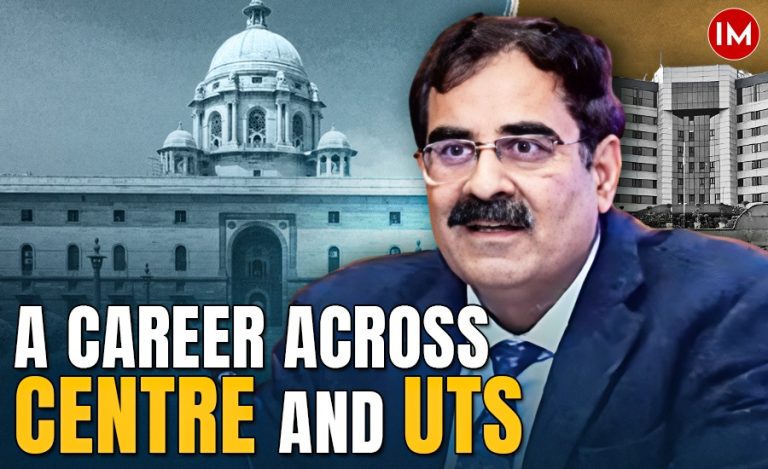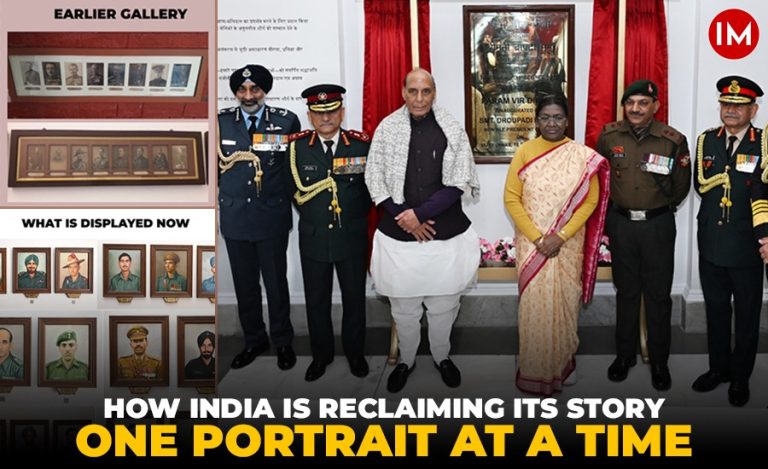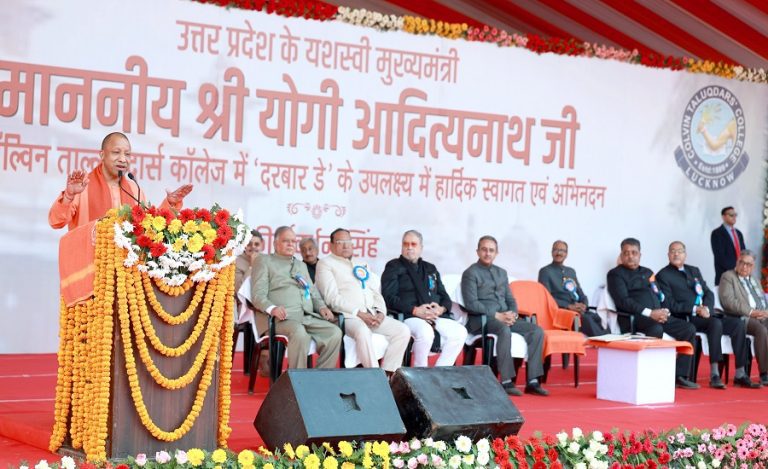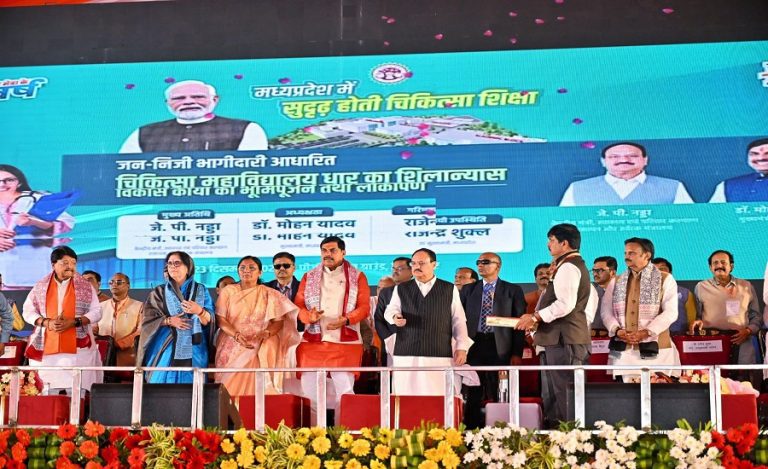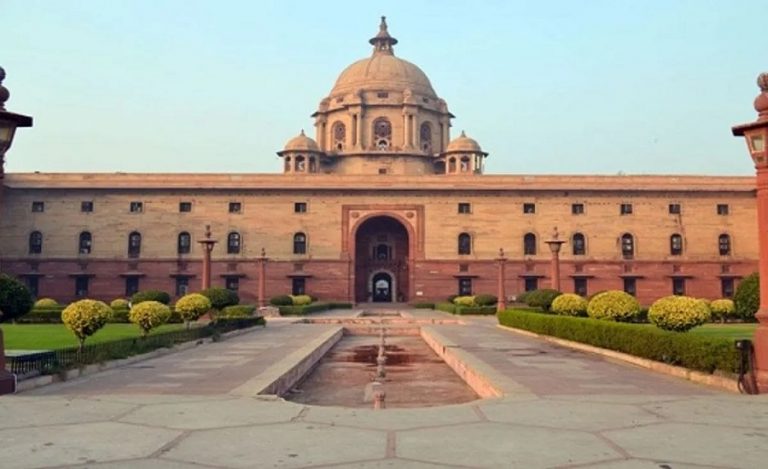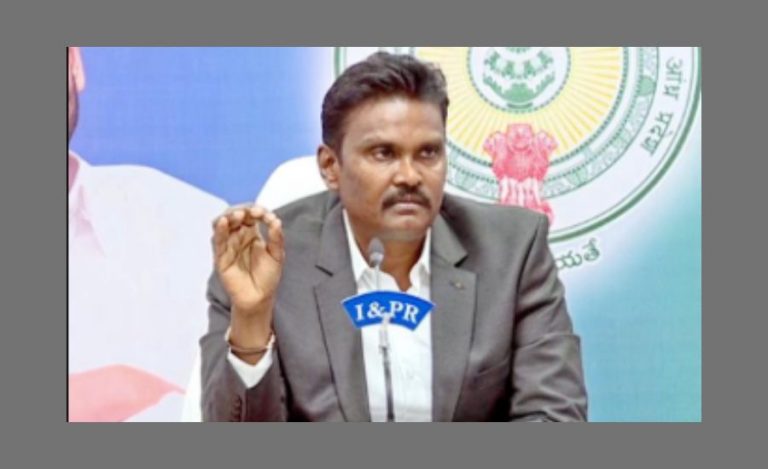Somewhere in the dusty archives of a Madhya Pradesh police station, a torn file once lay buried under years of neglect. It contained a murder case no one remembered, a family that had lost hope, and a name that had faded from conversation.
But when 1991 batch IPS officer Dr. Varun Kapoor came across it, he didn’t just see a forgotten file; he saw unfinished business. That single file marked the beginning of what would soon become one of the most remarkable investigative initiatives in Indian policing: Operation Ujagar, a mission to bring long-buried truths to light.
THE SPARK THAT STARTED IT ALL
It began during Kapoor’s posting as Superintendent of Police in Dhar district. While reviewing old police records, he noticed a disturbing pattern: dozens of murder cases had simply gone cold. Some investigations had lost momentum due to transfers; others were abandoned for lack of leads. For the families of victims, justice had stalled indefinitely.
Kapoor decided this was unacceptable. He handpicked a small, sharp team and instructed them to reopen old homicide files one by one. They would chase down every lead, revisit witnesses, and apply modern forensic methods where possible.
The results were startling. Within weeks, the first long-forgotten murder case in Dhar was solved. It wasn’t just another case closed; it was proof that persistence could outlive time. And that success gave birth to a movement: Operation Ujagar.
INSIDE OPERATION UJAGAR
The word “Ujagar” means “to reveal”, and that is exactly what this operation did. Across his postings in the Dhar, Indore, and Ujjain ranges, Kapoor built dedicated Special Investigation Teams (SITs) tasked exclusively with re-examining cold cases.
They started by pulling out old files from record rooms, poring over every page, identifying missed clues, and re-interviewing witnesses. Many of these cases dated back ten or even fifteen years. Yet, as Kapoor’s teams soon discovered, evidence was often hidden in plain sight in the statements left unverified, suspects who were never questioned, or confessions that had gone unpursued.
Each case reopened was treated as if it had just happened.
And it worked!
THE CASE THAT SHOOK INDORE
One of the most dramatic breakthroughs came in Indore. A 10-year-old murder case from 2009 was revived after a confidential letter landed on Kapoor’s desk. Acting swiftly, he formed an SIT under Operation Ujagar. The team reopened the investigation, tracked down the accused, Anil Badoniya, and recovered the murder weapon… a decade after the crime.
For the victim’s family, it was justice they had stopped believing in. For Kapoor and his officers, it was a reaffirmation that no case is ever truly cold, only forgotten.
STORIES OF JUSTICE REVIVED
From Indore, the model spread to other districts. In Ujjain, an eerie pattern of infant deaths in a small village led Kapoor’s team to uncover the truth: a young woman had been secretly committing multiple murders of newborns.
In another case, the murder of a retired bank manager, which had puzzled investigators for years, was finally solved through Kapoor’s meticulous file re-examination strategy.
Each success carried a human story of closure, of relief, and of long-delayed justice. Families who once visited police stations in vain were now receiving phone calls saying the accused had been caught.
THE METHOD BEHIND THE MISSION
Operation Ujagar wasn’t about luck or coincidence; it was about process. Kapoor’s approach combined old-fashioned detective work with modern forensic techniques and an emphasis on teamwork.
He made sure every SIT was small but highly focused. Officers were encouraged to revisit crime scenes, talk to locals again, and find inconsistencies that had been missed. Old witnesses were traced through voter lists and mobile records. Even long-forgotten suspects were tracked using digital trails and cross-jurisdictional data.
Perhaps the most striking element was Kapoor’s insistence on public transparency. Every solved case under Operation Ujagar was publicised widely in newspapers and on social media. This wasn’t for fame; it was strategy. By showing that old crimes could still be solved, Kapoor sent a powerful message: time doesn’t erase guilt.
THE NUMBERS TELL THEIR OWN STORY
Under Operation Ujagar, over a hundred cold murder cases were reopened and solved. Each one was a case that might otherwise have remained a permanent question mark in the records of Indian law enforcement.
The sheer volume of reopened cases and successful convictions earned Varun Kapoor a World Book of Records recognition for solving the highest number of cold murder cases by a single officer. It’s a record that stands not just for statistics, but for human stories reclaimed from silence.
WHY OPERATION UJAGAR MATTERS
In a country where police forces are often overburdened and short-staffed, cold cases can easily slip through the cracks. Operation Ujagar demonstrated that even with limited resources, focus and leadership can make a huge difference.
By treating forgotten crimes with the same urgency as fresh ones, Kapoor not only delivered justice to families but also inspired officers across Madhya Pradesh to look back, literally, and give old files a second chance.
THE MAN BEHIND THE MISSION
Dr. Varun Kapoor is known for many things: a cybercrime expert, an educator, and a mentor, but Operation Ujagar remains one of his most defining contributions to policing. For him, it wasn’t about rewriting statistics, but about rewriting endings that never came.
He often says that the most satisfying part of his job isn’t the recognition or awards, but the look on a family’s face when they hear the words, “The case has been solved.”
FROM DUST TO JUSTICE
In police record rooms across Madhya Pradesh, the dust has begun to clear, both literally and metaphorically. Operation Ujagar gave justice a second chance, and in doing so, reminded the system of something essential:
A crime forgotten isn’t a crime forgiven.
And as long as officers like Varun Kapoor keep reopening the past, the files in those dimly lit shelves will never go silent again.


